-
10 Mistakes New Gardeners Make (then how to avoid them)
 Lee Burkhill: Award Winning Designer & BBC 1's Garden Rescue Presenters Official Blog
Lee Burkhill: Award Winning Designer & BBC 1's Garden Rescue Presenters Official Blog

When I started this gardening blog, I was on a simple mission: to help inspire, educate and encourage all gardeners to succeed in their green spaces. One of the most exciting groups of gardeners I help is beginners or new gardeners. However, there are several common mistakes that all new gardeners make unless they have some guidance.
If you're a new gardener, reading this post is a must to ensure you avoid these common mistakes to succeed in the garden. This gardening blog will only take a few minutes to read but will save you weeks of upset and frustration in the garden.
Let's jump in and see the top 10 new gardener mistakes and how you can avoid mistakes!
The biggest mistake new gardeners make is planting too many plants in their garden flower beds. In their giddy excitement, new gardeners often fill their gardens with new potted plants from garden centres. Everything is squashed up next to each other to create a temporary fabulous floral display.
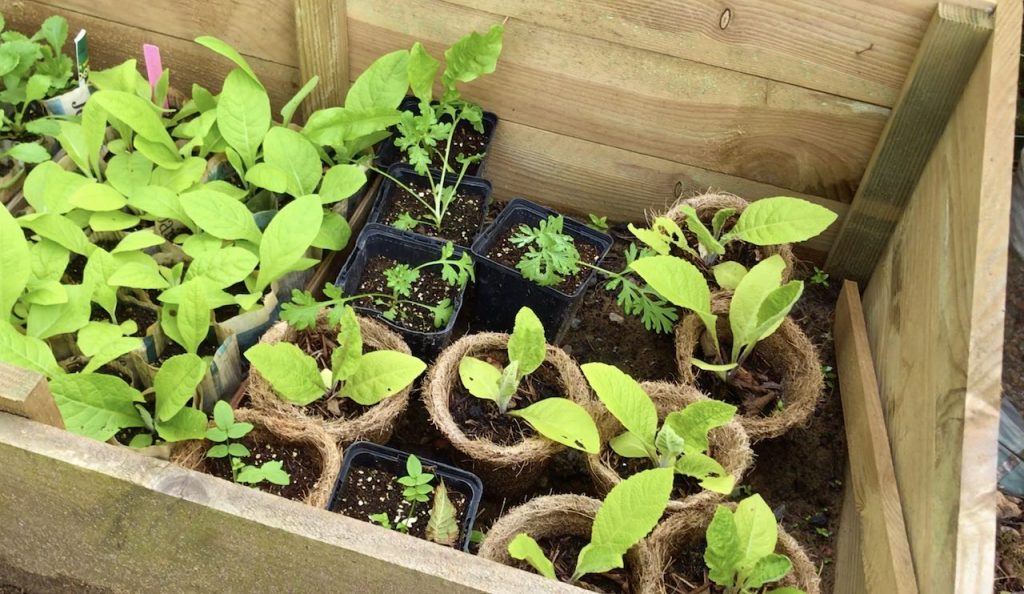
However, it is not long until they're all competing for resources, needing epic amounts of watering to sustain them, before they root and look sorry for themselves.
Did you know that there are three main soil types, and each one suits certain plants more than others? If not, you should watch my soil guide below or read my article on soil types here. The second biggest mistake is planting in any old soil without checking what soil type you have.
For example, there's no point in growing plants that need free-draining soil in heavy wet clay. By understanding the soil you have, you can then pick plants that will love your conditions!
Did you know that you can take my course and learn how to become a Garden Ninja yourself? Click here for details
Planting where there is not enough sun is another new gardener mistake. All plants need light to photosynthesis and grow. However, some plants can tolerate full, dappled, or partial shade. So if you have a dark or shady north-facing garden, these plants are ideal.
There's no point trying to force hot-loving, sun-worshipping herbaceous perennial plants in a garden that doesn't get too much sun. It also works the other way with shade-loving plants like ferns and hostas. If you have a full sun garden, you need to plant these with some protection or shade, or they will get scorched and die if not.
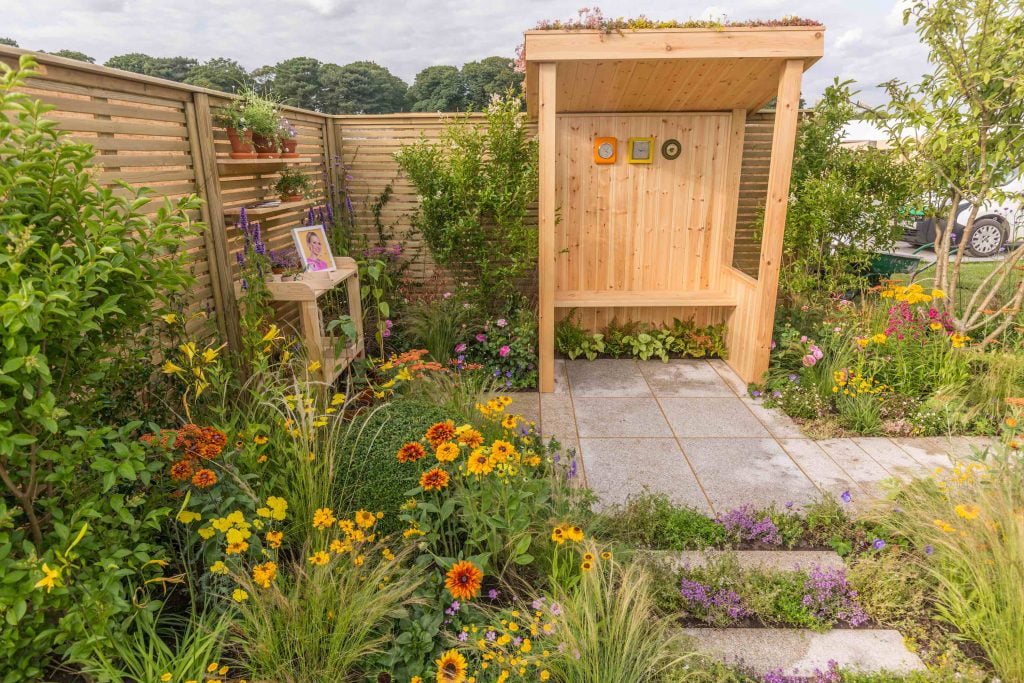
Creating a sketch of where the sun and shadows move in your garden throughout the day is a really good idea for beginner gardeners.
Another common gardener mistake is planting at the wrong time. Usually, it is too soon or too late for the plants to flower or fruit. Hasty beginner gardeners may try and sow seeds too early in the year when it's too cold or too late in the year when there's not enough light or warmth for them to grow in time.
Always check the seed packets or growing instructions for plants to know when to plant or propagate them.
With potted or container-grown plants, it's a bit easier as you can, in theory, plant them at any time, providing there's no frost or snow. However, the best time to grow seedlings or plant them out in the garden is in April. Container-grown plants or bare roots can be grown from autumn and winter if there's no frost.
It's tempting as a new gardener to crowd the plants to try and fit as many new plants into your garden as possible. However, as these plants grow, they will outcompete each other. You'll spend more time digging up plants to move them than enjoying them.
Always read the plant label to see how big the plant grows, and then plan space for that plant accordingly.
This applies in particular to fruit and vegetable growing. Plants that produce food need a lot of energy in the growing season to reward you with 'grow your own' goodies. The best time to feed plants such as tomatoes, potatoes, squashes and gooseberries is early summer when they are about to fruit.
I use peat-free compost mulch or a homemade organic liquid plant feed to help these plants out.
I hardly ever feed herbaceous perennials as they have a far lower nutrient requirement. A simple mulch in autumn every other year is enough for these plant types.
You've created an amazing garden, but guess what? It's taking you hours each night to keep it watered as the tap or water butt is miles away. If you're lucky enough to have a garden big enough, then why not add water butts off garden sheds and garages to help spread out your water sources in the garden? That way, you're never walking too far.
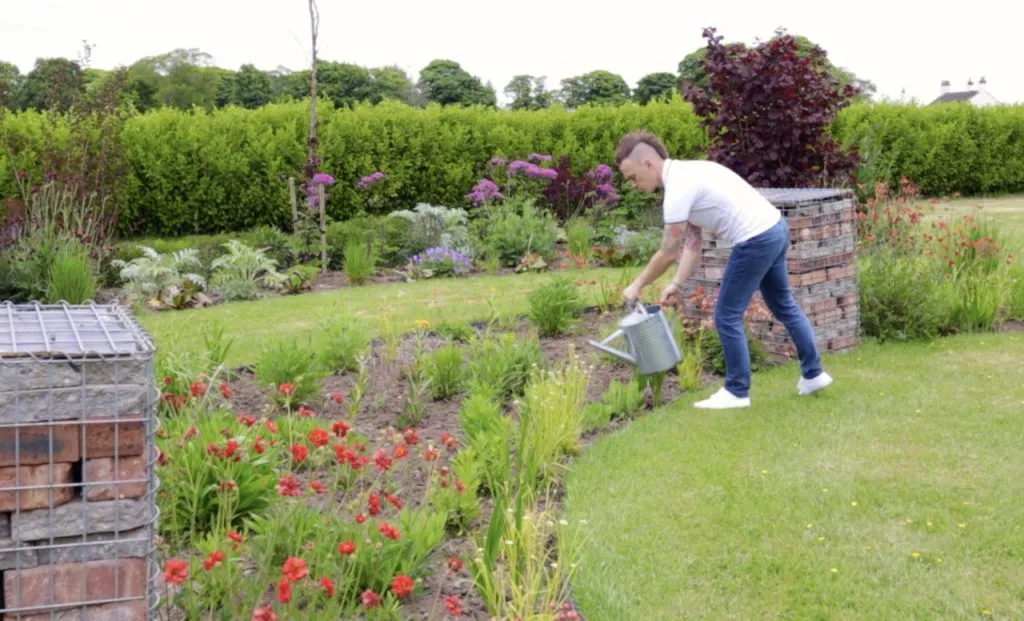
Water thats have been recycled from rainfall is always far preferable to tap water. It's better for the environment and free compared to drinking water.
As a new gardener, you will put all your efforts into planting, watering and caring for your garden. But then the harvest season comes in late summer and autumn. But you've booked a holiday away, and when you get back, they've all spoilt! This is why it is a good idea to set a calendar reminder on your phone for when your fruits and vegetables will be ready to harvest.
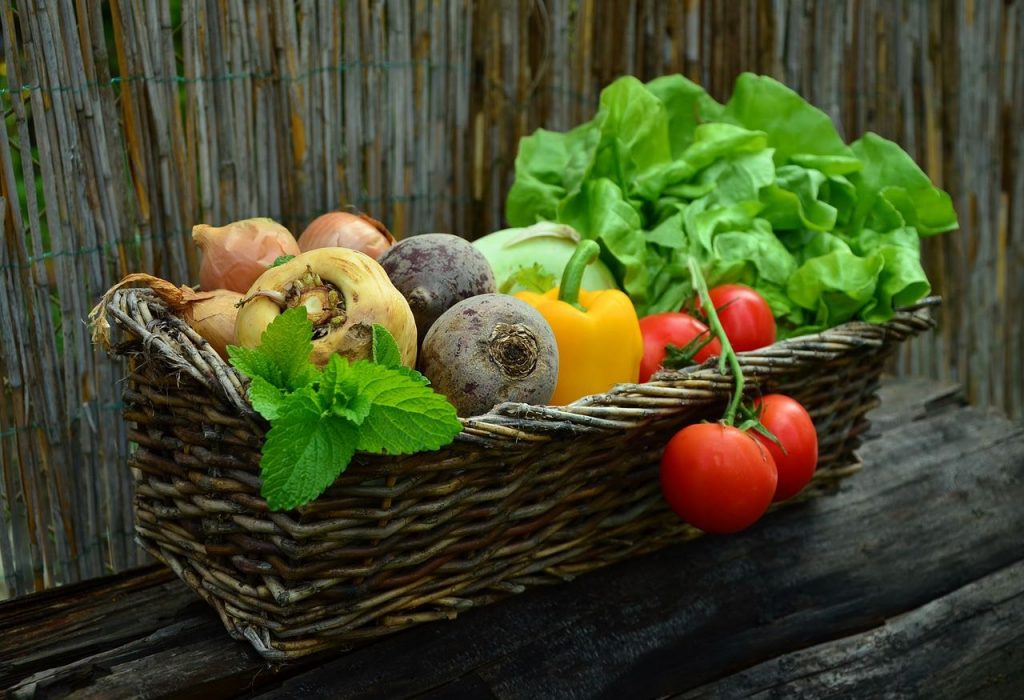
Put some time aside and invite friends over to help harvest your rewards. After all, there is no point in going to all that hard work of growing your own if you're going to waste the fruits of your labour then!
When designing a new garden or series of flower or raised beds, it's important to work out how you will get to them. I've seen so many new gardeners pack their urban gardens with flowers, fruit and vegetables. Every last inch is planted. But then they realise there's no easy way to get around, to harvest and water them!
This is why planning 1m wide paths and access points is essential. Likewise, with raised beds, 1m in width, you should use maximum so you can reach across from each side easily.
Plenty of companies want to sell you products to make your gardening easier, pest-free and weed-free. However, most of these chemical-based concoctions are harmful to wildlife and go against our Garden Ninja ethos of organic ethical gardening. If you're reaching for a bottle in the garden centre to eliminate slugs, weeds or bugs, please think again.

There's nearly always an organic alternative. For slugs, encouraging more birds or having a small pond in your garden to encourage frogs will soon sort out those rampant slugs. If you're feeding plants, why not make your own compost and close the loop on your gardening? Together, we can make a difference, Ninjas!
As new gardeners, I want you to revel in the enthusiasm and excitement of this new green journey. By following my top 10 gardening mistakes, you'll have less heartache and more high fives in the garden. Gardening is a journey in which mistakes help us grow. So don't be too hard on yourself when things go wrong or the unexpected happens. Just smile and know that you're evolving along with your garden!
Happy Gardening.
Lee



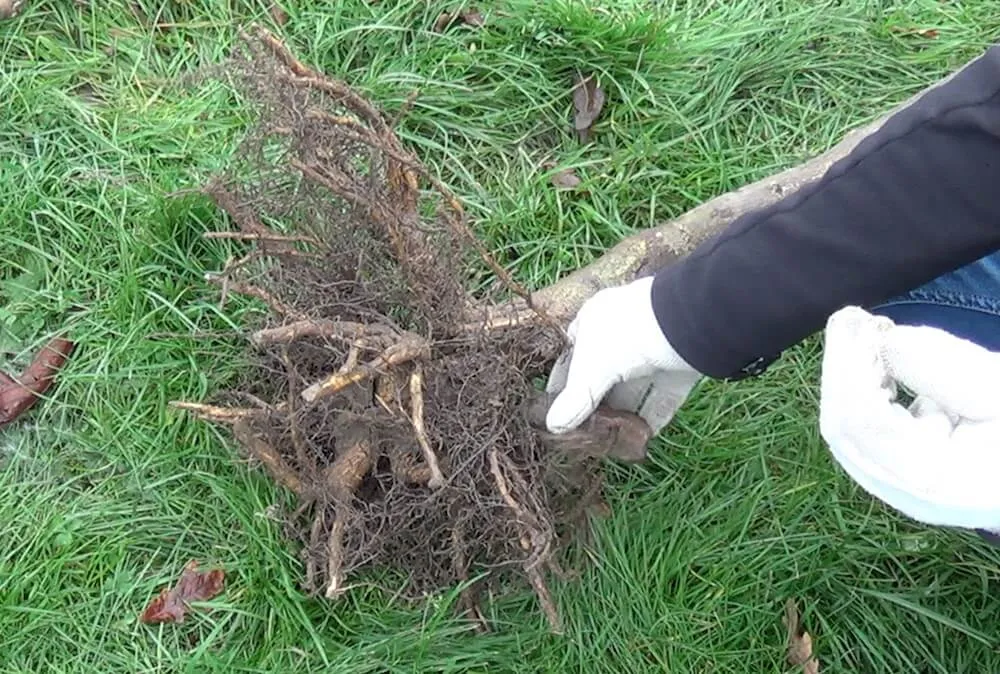
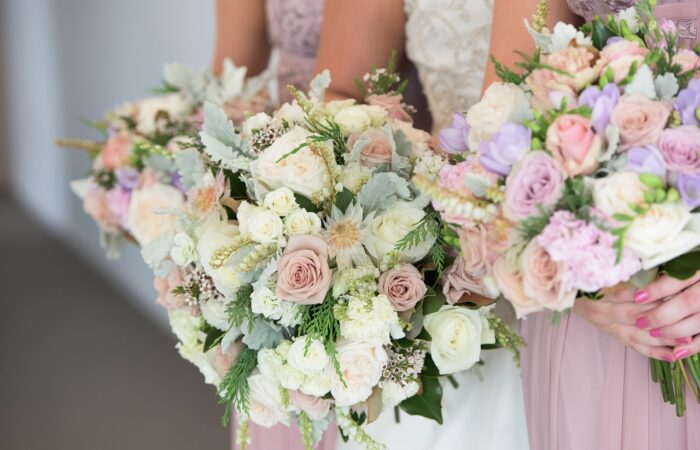
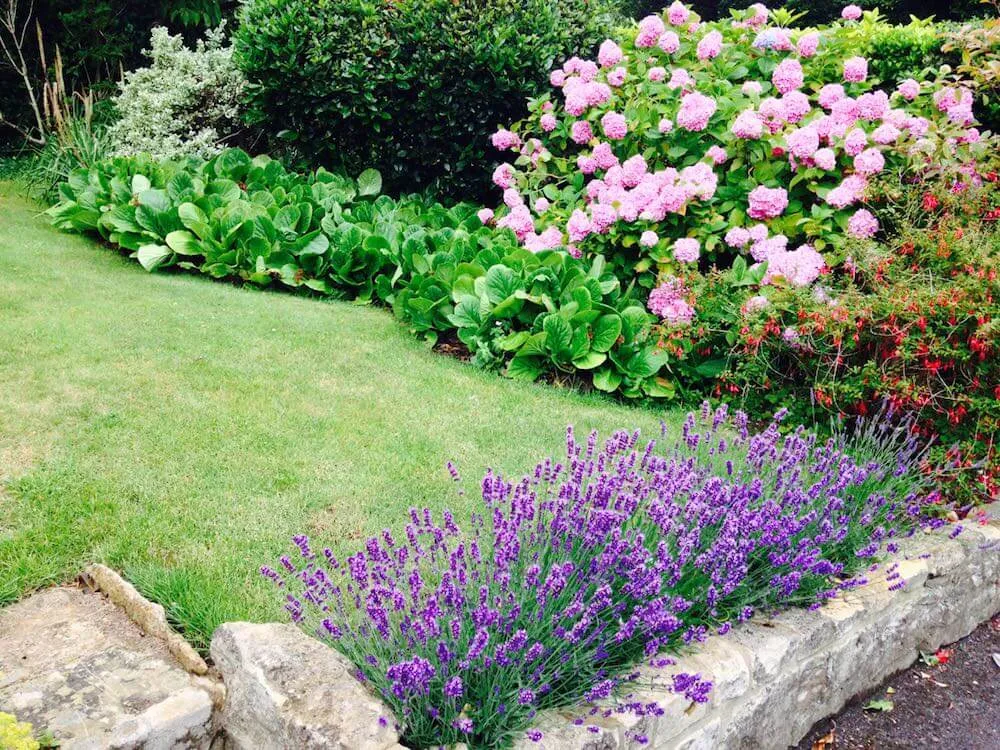
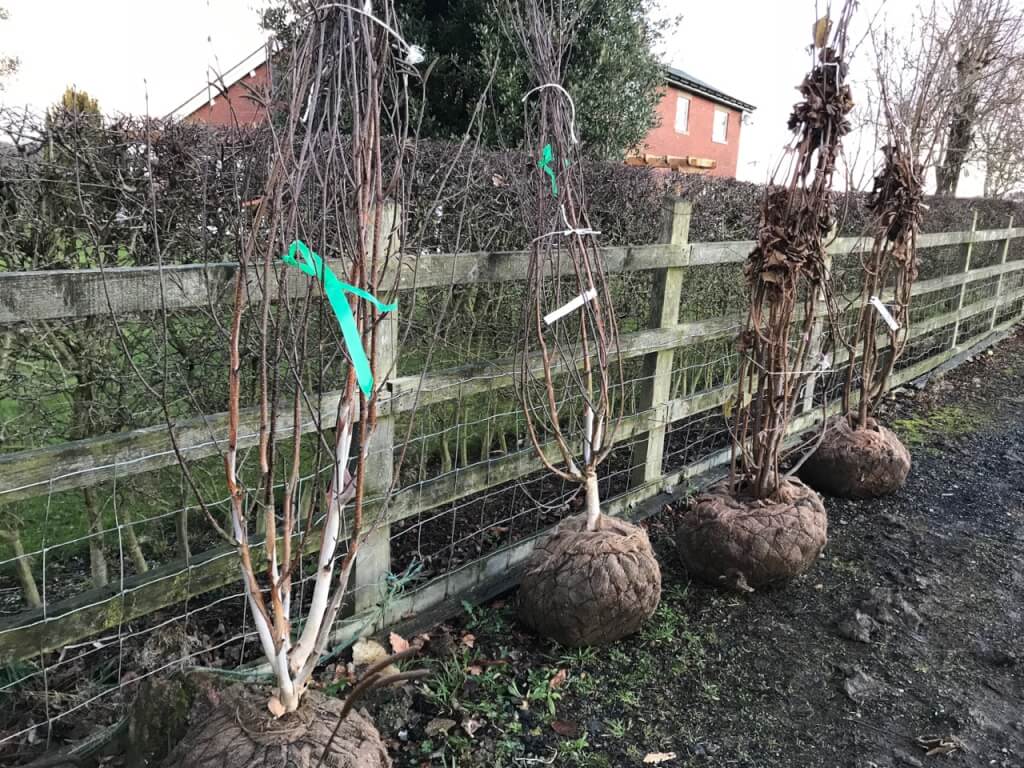
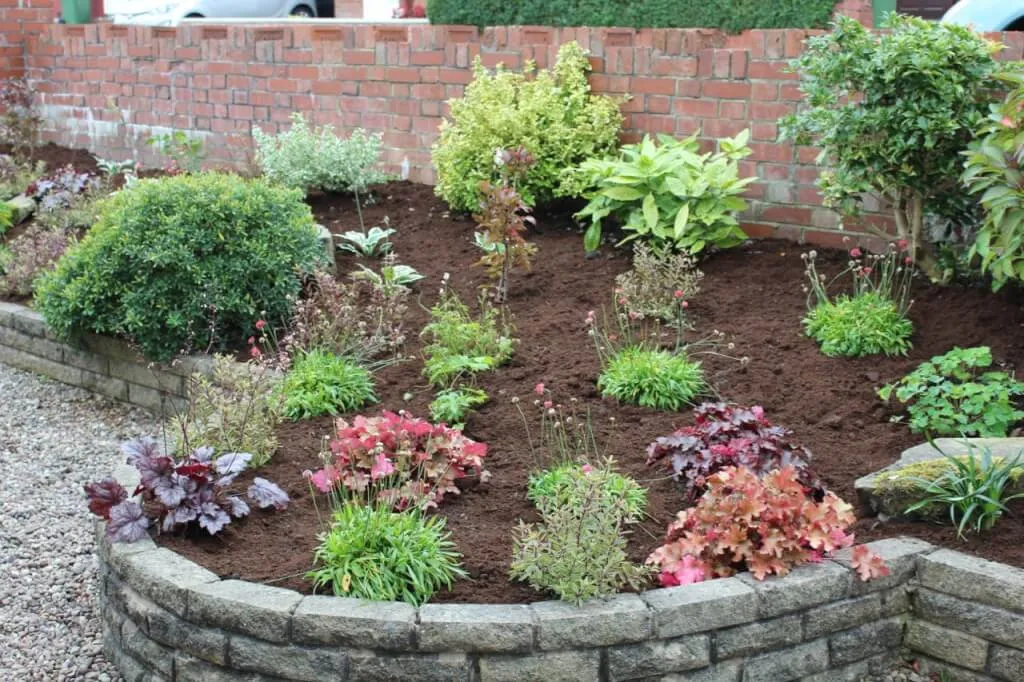
JOIN THE NINJAS

Be the first in line for new Guides, Discount codes and Offers